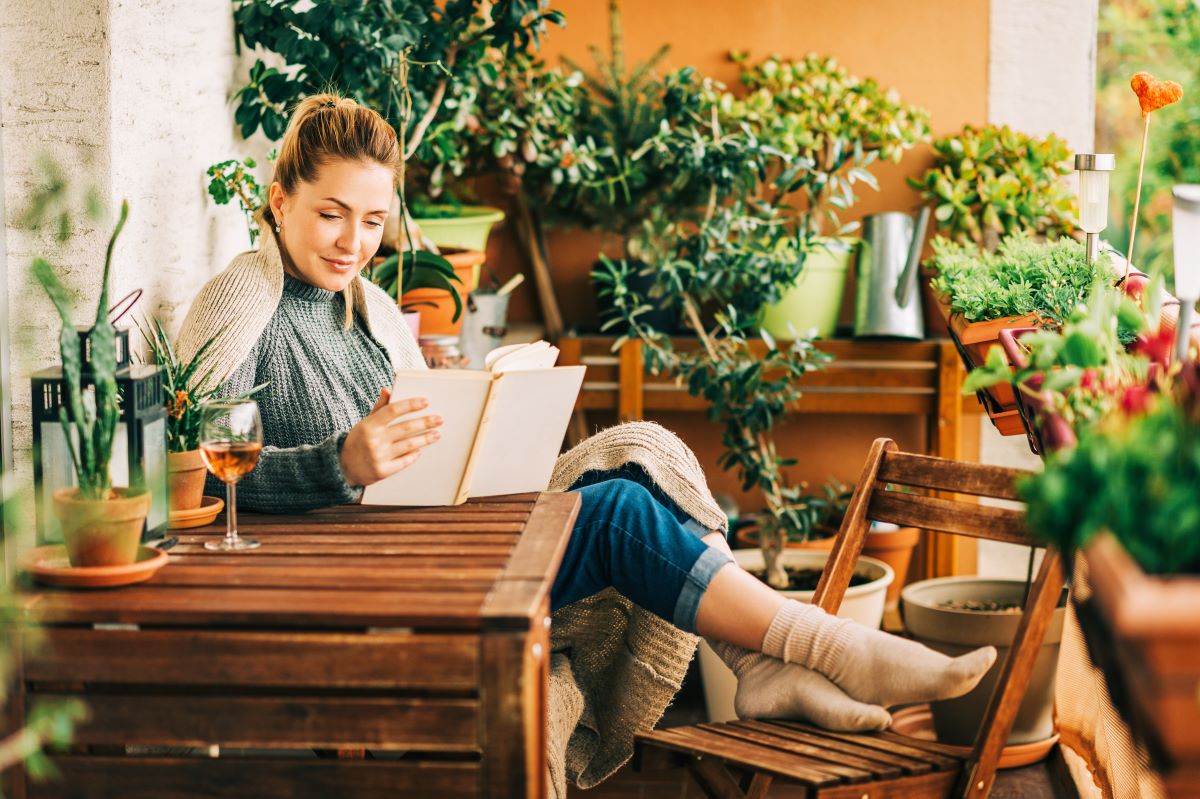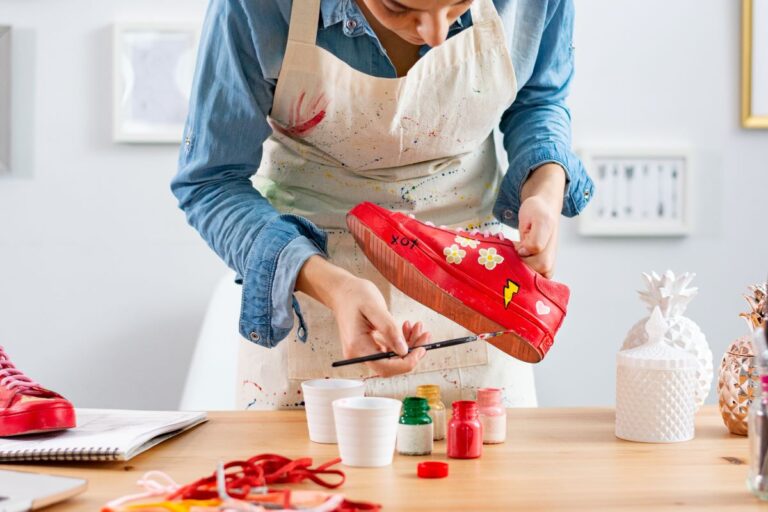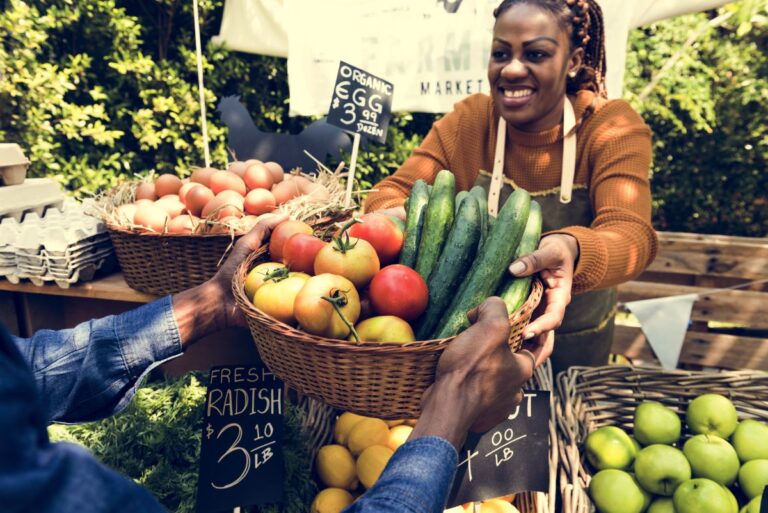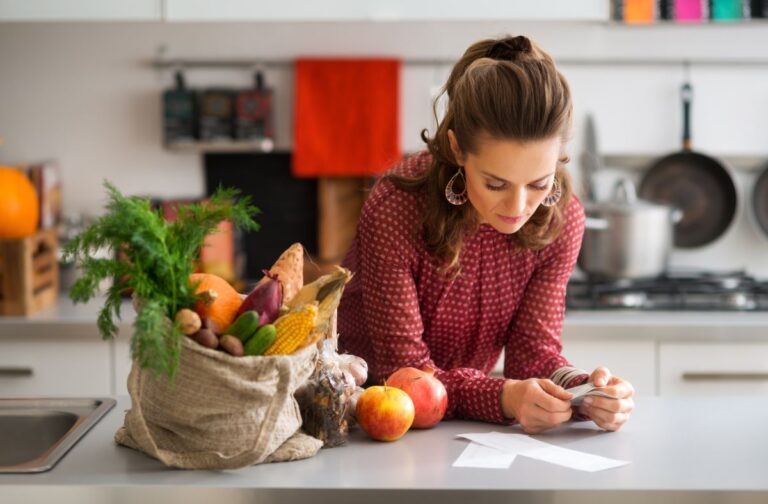How We Turned Our Backyard into a Sustainable Paradise
Turning our backyard into a sustainable garden has been a rewarding journey for our entire family, including our pets. Here’s how we did it and some tips to help you create your own eco-friendly garden.
1. Start with a Plan

We began by sketching out a plan, deciding where to place vegetable beds, flower patches, and a compost area. This helped us visualize the space and allocate areas efficiently.
2. Choose Native Plants

Mom suggested planting native species that thrive in our climate without needing excessive water or care. This decision has made our garden more resilient and low-maintenance.
3. Compost Kitchen Scraps

We set up a compost bin to recycle kitchen scraps. It’s amazing how much waste we’ve reduced and how rich our soil has become as a result.
4. Collect Rainwater

Dad installed rain barrels to collect runoff from our roof. We use this water for our plants, cutting down on our water bills and conserving a precious resource.
5. Use Mulch

Mulching helps retain soil moisture and reduces weed growth. We gather leaves and grass clippings to create our own mulch, making use of natural materials.
6. Companion Planting

We practice companion planting, placing plants together that benefit each other. For instance, tomatoes and basil not only grow well together but also enhance each other’s flavor.
7. Create a Pollinator-Friendly Space

My little sister loves watching the bees and butterflies. We planted flowers like lavender and coneflowers to attract these essential pollinators.
8. Use Organic Fertilizers

We switched to organic fertilizers to avoid harmful chemicals. Compost and organic manure keep our plants healthy and our soil thriving.
9. Implement Crop Rotation

Rotating crops helps prevent soil depletion and reduces pest problems. Each season, we change the location of our vegetable beds to keep the soil nutrient-rich.
10. Plant a Fruit Tree

We planted an apple tree that provides shade, beauty, and delicious fruit. It’s a long-term investment that will benefit our family for years to come.
11. Build Raised Beds

Raised beds improve drainage and make gardening easier on our backs. They’re perfect for growing vegetables and herbs in well-aerated soil.
12. Incorporate Vertical Gardening

With limited space, vertical gardening was a game-changer. We used trellises and hanging planters to grow climbing plants like peas and cucumbers.
13. Encourage Beneficial Insects

Ladybugs and spiders are welcome guests in our garden. They help control pests naturally, reducing the need for chemical pesticides.
14. Practice Water-Wise Gardening

We water our garden early in the morning or late in the evening to minimize evaporation. Drip irrigation systems ensure water goes directly to the plant roots.
15. Create a Wildlife Habitat

Our dog loves exploring the wildlife-friendly corners of the garden. We installed bird feeders and a small pond to attract various animals and insects.
16. Use Recycled Materials

We built garden structures like trellises and planters from recycled materials. It’s a fun family project that also teaches the kids about sustainability.
17. Avoid Synthetic Pesticides

To keep our garden organic, we use natural pest deterrents like neem oil and garlic spray. These methods are effective and safe for our pets and the environment.
18. Enjoy the Harvest Together

The best part is enjoying the fruits of our labor. Harvesting fresh vegetables and fruits as a family brings us closer and makes all the hard work worthwhile.
Growing Together

Creating a sustainable garden has been an enriching experience for our family. With these tips, you can transform your backyard into a thriving, eco-friendly haven that benefits both your family and the planet. Happy gardening!
Banned in the USA: 14 Everyday Items We Can’t Have

Ever feel like America’s rulebook was written by someone with a dartboard? Across the pond or down under, things get even wackier. Let’s take a walk on the wild side of global “Do’s” that are definite “Don’ts” in the Land of the Free. Are you ready to find out just how bizarrely different the world can be? Banned in the USA: 14 Everyday Items We Can’t Have
Gone From the Shelves: Why 18 American Staples Vanished
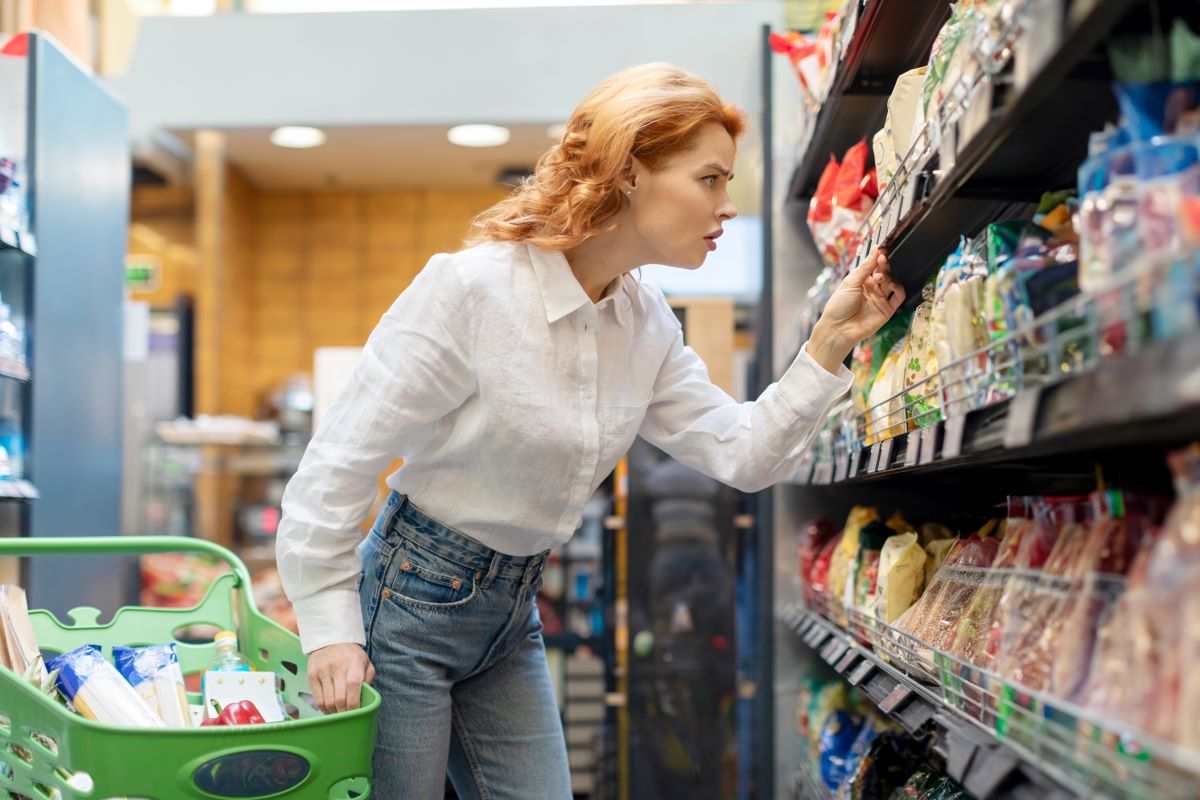
Over the years, various foods that were once staples in American kitchens have been banned or are no longer allowed to be sold due to health, environmental, or ethical reasons. Here’s a list of 18 such items, detailing why they’ve been pulled off the market. Do you remember any of these? Gone From the Shelves: Why 18 American Staples Vanished
Eat & Drink at Your Own Risk: 20 Foods to Keep Away From Your Family

When it comes to food and drinks, not all choices are created equal. Some items on the shelves are so bad for your health that they’re almost legendary. Here’s a list of some of the absolute worst food and drink products—specific brands included—that you might want to avoid at all costs if you care about your nutritional intake. Eat & Drink at Your Own Risk: 20 Foods to Keep Away From Your Family
Featured Image Credit: Shutterstock / Anna Nahabed.
The content of this article is for informational purposes only and does not constitute or replace professional advice.
The images used are for illustrative purposes only and may not represent the actual people or places mentioned in the article.

